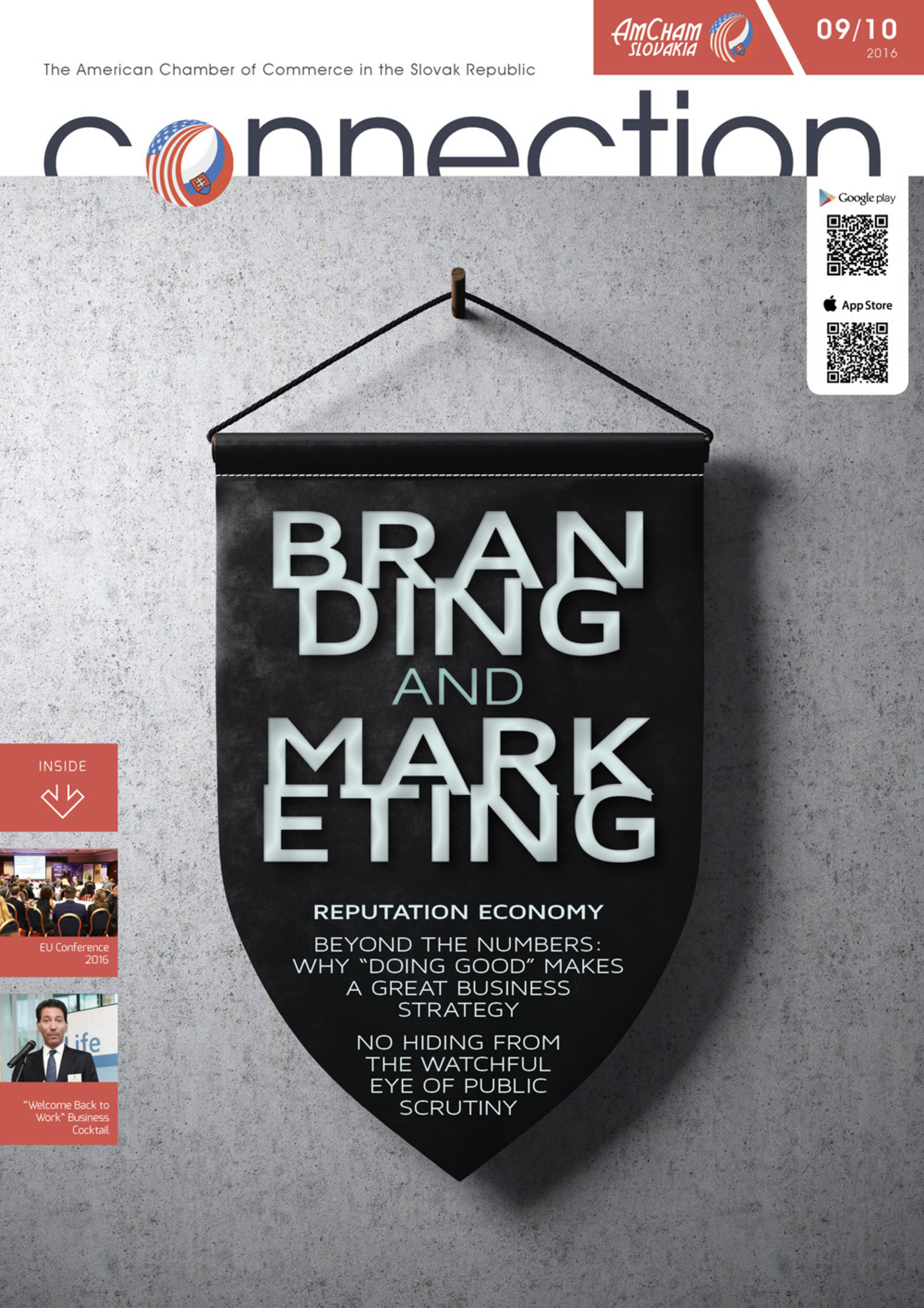Stephen Boleslav Roman was a prominent Canadian mining engineer and mining executive. He was born in the village of Veľký Ruskov (now Nový Ruskov) in Slovakia on 17 April 1921. Roman immigrated to Canada in 1937 at the age of 16. He worked as a farm laborer before joining the Canadian Army in 1942. He was discharged in 1943 due to health problems. He then went to work for General Motors in Oshawa. He became a member of the Canadian-Slovak League and was editor of the monthly, Slovak Voice.
Stephen Boleslav Roman was a prominent Canadian mining engineer and mining executive. He was born in the village of Veľký Ruskov (now Nový Ruskov) in Slovakia on 17 April 1921. Roman immigrated to Canada in 1937 at the age of 16. He worked as a farm laborer before joining the Canadian Army in 1942. He was discharged in 1943 due to health problems. He then went to work for General Motors in Oshawa. He became a member of the Canadian-Slovak League and was editor of the monthly, Slovak Voice.
He knew that effective national and political work needs a solid foundation. From 1945, he focused his attention on business opportunities in the mining industry and created an “imposing complex mining-industrial company limited by capital value in the mid-60s estimated at $70 billion”. He began as a poor immigrant and became the most influential figure in Canadian industry - CEO and Chairman of Denison Mines Limited, which owned the largest uranium mine in the world. Years before becoming the US President, Richard Nixon was a legal adviser to Mr. Roman.
As president and later chairman of Denison, Roman expanded and diversified his company and was periodically involved in controversies over nuclear politics and foreign investment. He was a Canadian delegate to the Atlantic Community Conference in 1962, where he introduced a resolution calling for the governments of the Free World to confront the growing threat of communism by working together to help poorer countries attain economic and political stability.
In his administrative center on King Street West in Toronto, he was surrounded by prominent representatives from Slovak exile literary, cultural and scientific circles. He was Chairman of the Canadian Council of Folk Art, the Association of Ethnic Prints, and numerous companies, associations and corporations. His activities culminated in the establishment of the Slovak World Congress (1970), and he served as president until his untimely death.
On the 1,100th anniversary of the arrival of St. Cyril and St. Methodius in Great Moravia, he organized an international conference in Toronto, which was attended by influential religious and secular personalities. In the same year (1963), he was made Knight Commander of the Order of St. Gregory the Great by Pope John XXIII. He also received other major honors, awards and honorary doctorates. He received the Order of Canada and two Slovak state awards in memoriam including the highest state award, the Order of the 1st Class White Double Cross awarded by the President of the Slovak Republic, Michal Kováč in 1995. The Great Lakes freighter, Stephen B. Roman, was named after him.
The spiritual and material nature of his life’s work is symbolized by the monumental Slovak Cathedral of the Transfiguration of Our Lord built on his property in Unionville, which was modeled on the Greek Catholic church in his home village of Veľký Ruskov. Together with Eugen Löbl, he wrote “The Responsible Society” (New York, 1977). The book was also published in Slovak language as “Zodpovedná spoločnosť“ (Toronto, 1983). A number of other plans were left unfinished by his sudden death. He is buried in Unionville (Ontario, Canada).
Profiles of other interesting personalities can be found at: www.osobnosti.sk



Follow us